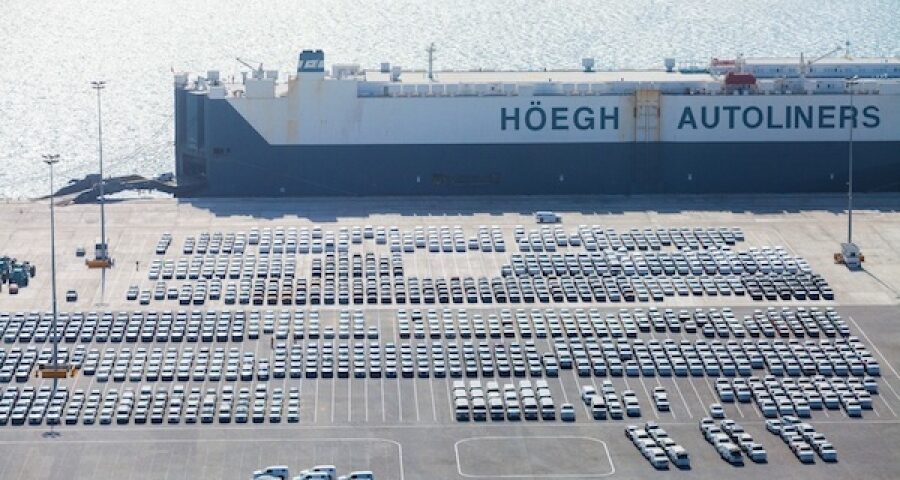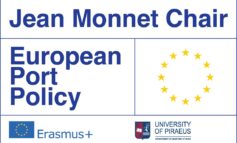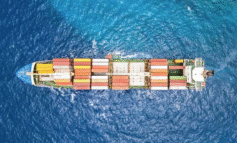In recent years, there has been significant interest in the development of connectivity indicators for ports. For short sea shipping, especially in Europe, Roll-on Roll-off (RoRo) shipping is almost equally important as container shipping. In contrast with container shipping, RoRo shipments are primarily direct, thus the measurement of its connectivity requires a different methodology.
Peter de Langen, PortEconomics co-director, along with Maximiliano Udenio (Eindhoven University of Technology, Netherlands), Jan C. Fransoo (Eindhoven University of Technology, Netherlands) and Reima Helminen (University of Turku, Finland) present a methodology for measuring the RoRo connectivity of ports and illustrate its use through an application to European RoRo shipping.
In their port study applied the methodology on data collected from 23 different RoRo shipping service providers concerning 620 unique routes connecting 148 ports. They characterize the connectivity of the ports in their sample and analysed the results. The authors showed that in terms of RoRo connectivity, neither the number of links nor the link quality (frequency, number of competing providers, minimum number of indirect stops) strictly dominate the results of our proposed indicator. The highest ranking ports combine link quality and number. Finally, they highlighted promising areas for future research based on the insights obtained.
The port-study is published and accessible via Journal of Shipping and Trade webpage.












